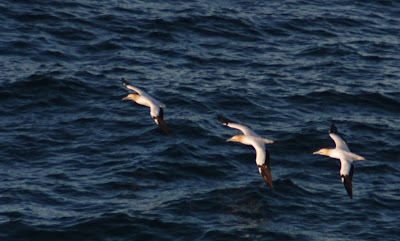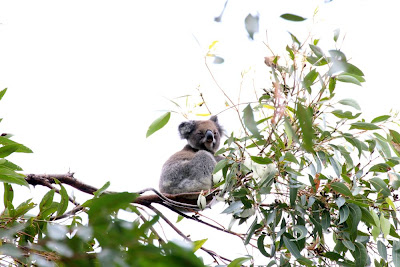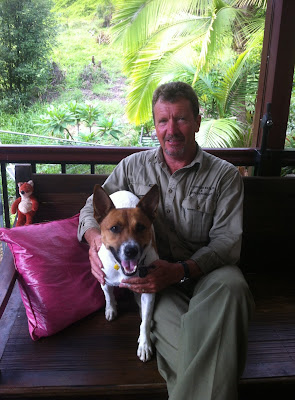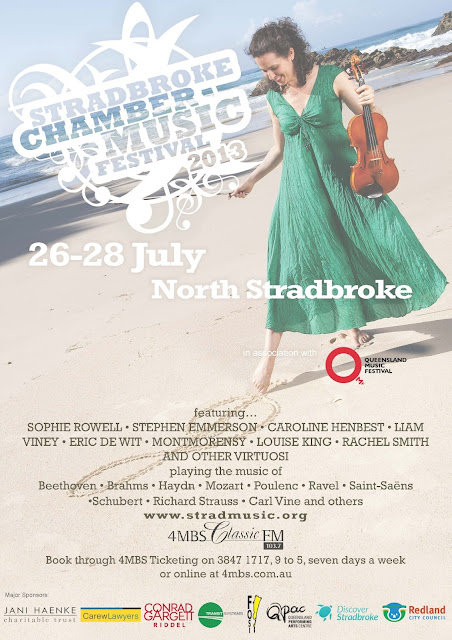Vance criminal prosecution saga continues
The long running prosecution of Sibelco for unlawful extraction continues on 24 July, this time in the Brisbane Supreme Court in George Street. The Supreme Court already held, more than 3 years ago, that Sibelco's mining rights only allow it to take minerals and that the non-mineral sand is to be used in rehabilitation of mined land, unless it has the required permits to remove it. But Sibelco's criminal liability is yet to be decided. On 24 July Sibelco is making yet another challenge against the prosecution, based on a technicality. The company wants the Supreme Court to overrule the Magistrate's decision in March this year that it has a case to answer on the charge under the Environmental Protection Act, that it unlawfully extracted large quantities of non-mineral sand over several years without a permit. Meanwhile, efforts to have the charges upgraded to stealing and fraud continue. If this occurred, the multi-million dollar profits it made could be recovered u...




